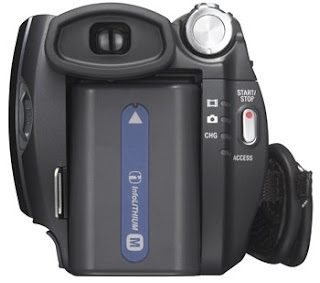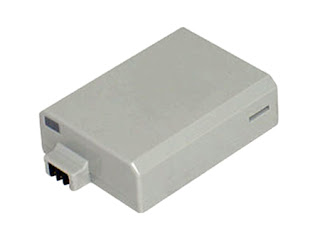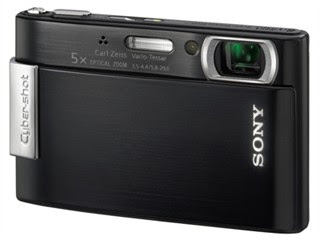
In fact, although there are a wide range of different models batteries currently on the market , different manufacturers use different battery models, and sometimes will lead to consumers get no idea choose what to do, but the method in use is more or less the same. Today, we are on to explain the proper use of a digital camcorder lithium ion battery, and hope to be helpful to everyone.
When we buy a new digital camcorder, the first thing to do is charge the lithium batteries, battery internal management circuit charge the rechargeable lithium batteries is a complex process, it is necessary to ensure that lithium batteries' full performance, but also to ensure that rechargeable lithium batteries should not have charge too more, because if the the charge current is too large, or the charging time is too long, oxygen generated consumped too late, may result in hypertension, battery deformation , leakage and other undesirable phenomena, even cause a serious explosion or fire, so must be in accordance with the right method of charging.
Many friends consider the previous three times use of lithium batteries should be charging more than 16 hours, that can be fully activate the battery. in fact, it is only popular Ni-MH or Ni-Cd battery charging method not apply for lithium-ion batteries. Since such a battery with lithium polymer as its core have no memory effect, so only about three hours charger is entirely. On a general chargers sell with the camcorder have a display function, if the show it has completed charging, you can unplug power supply, do not have to wait such a long time!
In general, lithium batteries can be recharged 300-500 times, according to the different methods and frequency of use, may be your digital camcorder battery can be used a few years or only one year, so the routine maintenance is importance. According to IEC standards require, the battery should be store under the conditions temperature of 20 + -5 ℃, humidity of (65 - +20)% , to avoid placing in very hot space. Generally speaking, the higher the temperature of the battery storage the lower capacity of the remainder, and vice versa. So we had better make the battery stored in low temperature, dry place, especially in travel time more attention should be paid to keep the camcorder battery, and try to avoid the battery store with metal objects to prevent the occurrence of battery short-circuit; Battery could become dirty easily when travel out , that may cause the "loss", in order to avoid power drain problem happen, we must pay attention to maintaining the battery at clean both ends of the contact point and the internal battery lid. If the battery's surface is dirty, then we must use a manner and soft, dry clean cloth gently wipe the surface of the battery timely to maintain the battery clean.
When the long-term non-use of the battery, we'd best take down the battery from your digital camcorder, because at this time even if the digital video camcorder was switched off, the system will still have a low battery current output, which would reduce the battery life. Suggested discharge part of the power of the battery before long-term preservation in order to restore the initial battery capacity and discharge performance. Attention should be paid to avoid a complete discharge, because lithium batteries are a low-maintenance batteries, the part of the discharge the battery is make more durable than completely discharge , if possible regular completely discharge should be avoided, that is to say not to use the camcorder battery until automatic shutdown, recharge should be timely as long as the low electricity shortage alert.
It may have disastrous consequences If your lithium batteries have been frequent discharge completely , especially in high-current-off place or repeatedly put off, and it can not even short-circuit discharge, because such damage on the battery a far greater role. because the Internal pressure will rise and cause reversible negative electrode active material damage, even can only be part of recovery if charge, capacity will be significantly attenuated, with the passage of time, the time your lithium battery can supply will be a growing shorter!
Also need to remind everyone that in all digital camcorder accessories currently, the bad the situation of fake lithium battery manufacture and sale is especially serious because it obtained illegal profits are highest. Counterfeit lithium-ion battery performance and extremely unstable, coupled with the digital camcorder larger work current, leave the actual use time of battery much shorter than the real thing, and some have a good effect in the first-time, but after filling several electricity will find its performance has dropped drastically. Although the purchase of counterfeit batteries may be a cheaper temporary plan, but the consequence it brings is incalculable, major companies link SONY camcorder battery have also issued a statement about the use of counterfeit lithium-ion battery all the consequences, the company does not have any responsibility, therefore recommends that everyone should better to buy original lithium battery, Must be cautious before the purchase, otherwise you could bring the camcorder demage can not repair!
Well, said so many problems about the proper use and maintenance of lithium batteries, hope to be able to help everyone, rechargeable lithium-ion battery is a very important parts of digital camcorders , we have to use properly and take careful maintenance.











.jpg)







